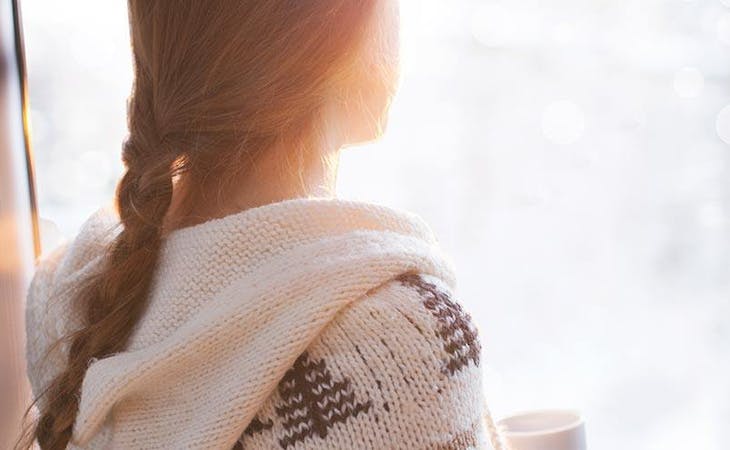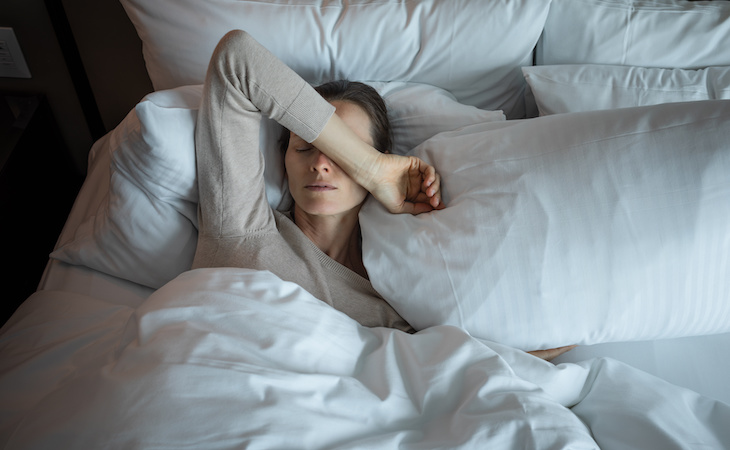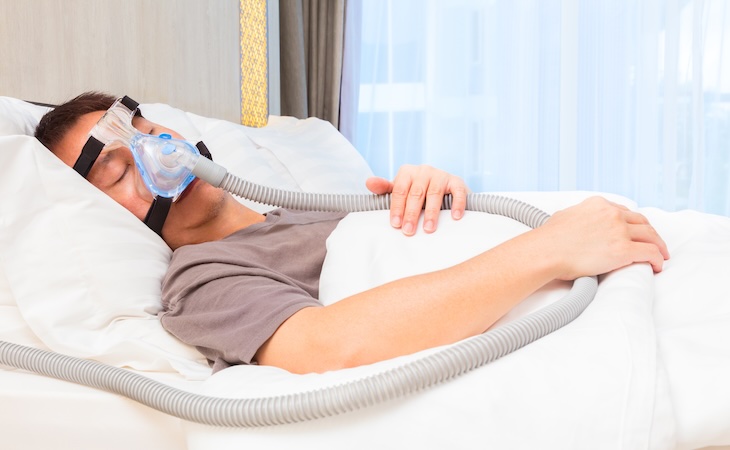As you drive home from work on a February evening, you might feel yourself longing for a bit more daylight as you envision how things will go once you’re home: You’ll put on your pajamas, eat a carb-heavy meal, and fall asleep way too early.
This is the evening routine of many Americans as they struggle with the lack of light and cloudy days of winter. For some, these habits reflect a diagnosable form of depression called Seasonal Affective Disorder (SAD). According to Norman Rosenthal, MD, who first coined the term Seasonal Affective Disorder back in 1986, 6% of those who live in the northern United States have SAD while another 14% deal with a lesser form of SAD, called the “winter blues.”
From personal experience, I understand the effects of SAD all too well. From winters filled with whole nights staring at the ceiling to wanting to take several naps throughout the day, sleep tends to be hard-fought or comes way too easily for me in the winter.
What is Seasonal Affective Disorder?
Emily Kurlansik, PsyD, clinical neuropsychologist with New York’s SUNY Downstate Medical Center’s Department of Neurology, defines SAD as a type of depression in which “people experience feelings of sadness and low energy, especially around the winter months when the days are the shortest.” She adds that unlike other forms of depression, SAD is marked by its seasonal mood fluctuations.
Some of the most common symptoms of SAD include hopelessness, irritability, low energy, loss of interest or pleasure, appetite changes, and sleep disturbances, Kurlansik explains.
According to the National Alliance on Mental Health, symptoms usually begin in October/November and end in March/April—however, most people with SAD don’t truly feel like their normal selves again until early May. In order to be diagnosed with SAD, you must have experienced recurrent major depressive episodes during this time of the year for at least two years, says Kurlansik.
How does Seasonal Affective Disorder affect sleep?
From sleeping too much to sleeping too little to waking several times throughout the night, SAD can make it difficult to achieve a good night’s sleep. So what causes these sleep struggles?
“Seasonal depression is thought to be associated with melatonin and serotonin,” says Kurlansik. “Melatonin, which is linked with sleep, is made in larger quantities when it’s darker or the days are shorter.” This can cause fatigue or lethargy.
“Serotonin, a neurotransmitter thought to be associated with mood, may increase with sunlight exposure,” adds Kurlansik. “When there is less sunlight available, there may be lower levels of serotonin.”
Kurlansik explains that decreased serotonin and increased melatonin affect your circadian rhythm, aka your internal 24-hour clock. “Our bodies naturally sync to the light-dark changes that occur throughout the year,” she says, “but, for people with seasonal depression, their circadian rhythms may be timed differently, making it harder to adjust to the seasonal changes.”
Even if you have no issues with falling asleep or waking up at a reasonable hour the rest of the year, winter can deeply throw off your circadian rhythm, resulting in “non-restorative sleep,” as Kurlansik calls it.
Related: How winter wrecks your sleep (and what to do about it)
How do you sleep better with Seasonal Affective Disorder?
With a disrupted sleep/wake cycle, it can be tough to experience good-quality sleep that makes you feel awake and alert during the day. Even though it can be elusive, sleep is essential to those who want to lift the symptoms of their seasonal depression, or any form of depression, for that matter.
Kurlansik says the following treatments can not only help you manage your daily SAD symptoms but also benefit your sleep:
- Light therapy: Also known as phototherapy, this treatment involves regular, daily exposure to a “lightbox” that artificially simulates sunlight. Experts believe light therapy alters brain chemicals associated with mood and sleep.
- Cognitive behavioral therapy: This common form of psychotherapy “is a structured program that helps identify and replace thoughts and behaviors that can impact sleep,” says Kurlansik.
- Sticking to a regular sleep/wake schedule: As the National Sleep Foundation notes, going to bed and waking up at the same time every day (Saturdays and Sundays included!) can help keep your body clock in check.
- Getting bright light or getting outdoors in the morning: While this can be easier said than done depending on where you live, it’s worth bundling up and going for a 10-minute walk outside in the A.M. if you can. Sunshine boosts serotonin in the morning, and that serotonin is converted into melatonin that helps you snooze at night.
- Limiting caffeine and alcohol: Both beverages can make it harder to fall asleep. (Sip these teas and mocktails instead.)
You can also turn to comforting practices that encourage sleep, such as wearing socks to bed (something that’s clinically proven to promote better sleep) and dabbing on lavender essential oil before hitting the sheets.
Between a combination of sleep-promoting supplements, darkening the bedroom, and sticking to a regular sleep schedule, I’m happy to report that my sleep has improved this winter.
The bottom line: “Addressing sleep problems is highly important to reducing depressive symptoms,” Kurlansik says, noting that you should always consult with your medical professional before making any changes to your treatment or medication regimen.
Make sure your bedroom is conducive to sleep this season. Here are five tips for creating a cozy winter bedroom.




